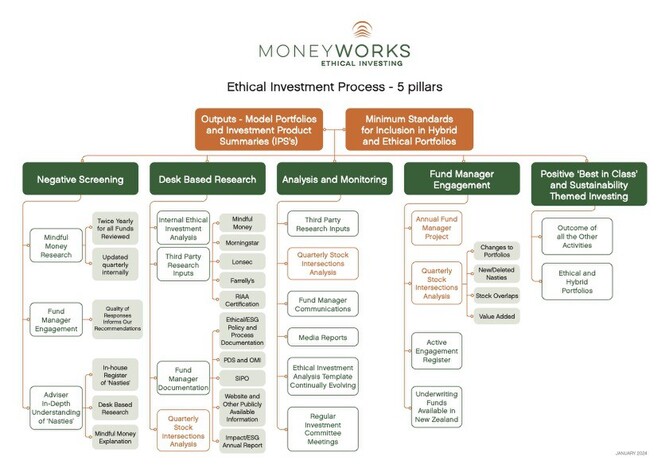The diagram above shows all the things that we do behind the scenes in relation to investments for our clients. The quarterly stock intersections process is an important part of our due diligence and we are only able to run this process because of our inhouse data crunching robot Millie.
Each quarter, all of the fund managers that we recommend are required to provide us with a report stating all of the current holdings in the fund and their % allocation. A number of fund managers are reluctant to share this information as it is their intellectual property, but have agreed to provide it to us under a Non Disclosure Agreement (NDA). Consequently, the information is only available for our internal use.
When we receive the information (usually at least a calendar month after the end of the quarter), Millie goes to work.
The crucial thing that she does is to translate the information to ‘consistent data’. There is no consistency with how each fund manager reports a company name (and using the identifying ISIN number doesn’t work either as there are regularly more than one). One fund manager might call a company Auckland International Airport, another might call it AIA, another might call it A.I.A. Then a fund manager might add the word Limited, or Ltd or Ltd.
We have a master worksheet of around 14,000 lines which maps all the different derivations of investment names onto a consistent name that we can use for analysis. This takes a lot of data crunching by Millie and would take a human many many hours to do the same job.
When we have this information in consistent format, Millie then produces three things for us as follows:
1. Changes to portfolio report
2. Asset Allocation Analysis
3. Updates Mindful Money Ethical Analysis information
1.Changes to portfolio report
This is an important internal resource where we can, at a glance – see what changes the fund manager has made to the fund over the last quarter. The report shows what has been added, deleted, increased and decreased.
This enables us to understand what direction the fund manager is going in, but importantly to check that they are doing what they have said they are going to do.
It also enables us to note whether there are any companies being added that we might be concerned about from an ethical perspective and discuss that with the fund manager at an early stage to understand their rationale and express our concerns.
2. Asset Allocation Analysis
This report collates each of the funds in each different asset class, with all the underlying investments, so that we can use excel tools to filter and sort by fund and company. We use this to make sure that our recommended funds are providing good diversification and aren’t all investing in the same companies.
Many of our international fund managers invest in Microsoft – and that is okay as it is one of the biggest companies in the world and will be a big beneficiary of AI. But if we were to notice that our international fund managers were all suddenly investing in Contact Energy in NZ (which is a small company by global standards), we would start asking questions.
We use these worksheets when we are looking at a particular type of investment (eg Property and Infrastructure) to see whether we have the right mix of funds.
Summary
Moneyworks is different to most other financial advisers in New Zealand in that we do a lot of analysis of our investment providers inhouse instead of outsourcing our research to a third party research company. We purchase external research to assist us with this process (Mindful Money, Morningstar and Farrelly’s), but we make our own decisions and recommendations and continually review our recommendations ourselves. The other key part of this process that we have written a blog article on is our annual Fund Manager Project – read more about that here.


